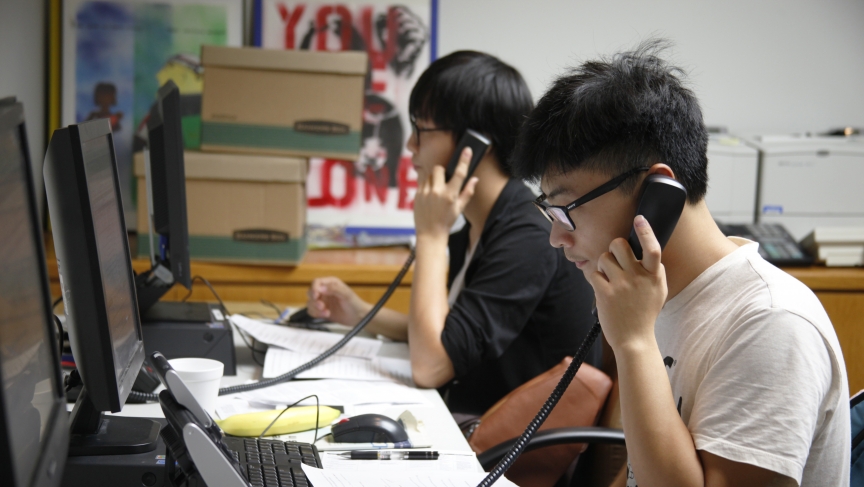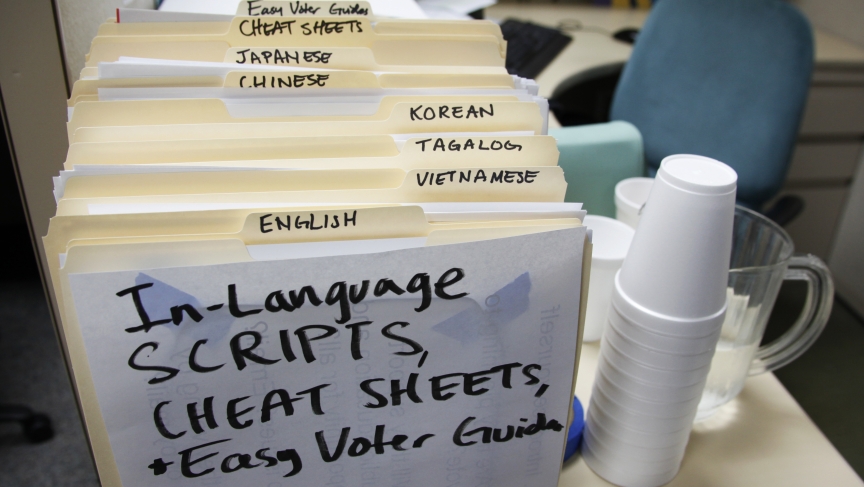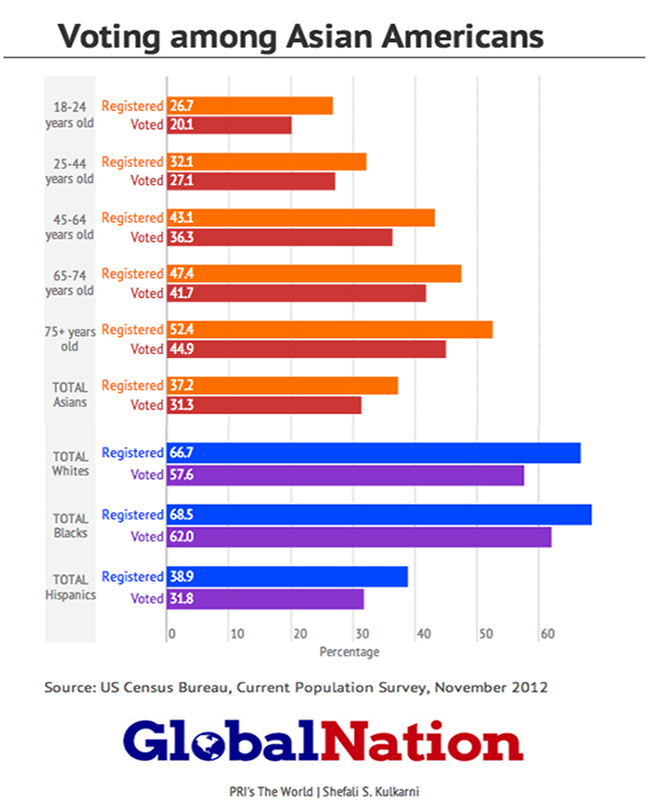Going Global? Don’t Let Your Business Get Lost in Translation

If you have a design team in one country, a factory in another and sales teams on different continents, an integrated translation solution is vital to global success.
Translation technology has made exciting advances this year with consumer apps like World Lens and Microsoft’s new Skype Language Translator. You can now point your phone at a sign for an instant translation onscreen or use real-time speech-to-speech translation on Skype just like Star Trek’s universal translator. Instant word-for-word translation apps like these let people bridge basic communication gaps and bring different parts of the globe a little closer.
But when it comes to expanding your business globally, translation needs and requirements quickly add up and become complex.
Those simple apps won’t let you translate and convey a critical manufacturing change to multiple factories in Brazil and China before the end of the day. They won’t adjust a cultural nuance in one language for marketing materials that need to be available online and printed in two hours and in six different languages for your multicountry European sales team. And they won’t let you update product documentation in 19 languages across websites, tablet readers, PDFs and print pieces — all in one week.
These are common but complex problems that arise with the globalization of business and the translation of documents.
To grow a business globally, you need a translation strategy that breaks down communication barriers not only with customers but also manufacturing and distribution teams and across your entire enterprise. Companies can deploy an integrated translation solution that not only translates accurately with many linguistic nuances but also delivers the new versions in multiple formats, quickly.
The good news is integrated enterprise translation solutions have been advancing at an impressive rate. Gone are the days with numerous files exported, niche-language human translators and separate files created for each language that need to be reimported into the distribution platform to finalize their formatting.
Today’s solutions are dynamic, accessible, flexible and cost-effective. This flexibility allows for greater collaboration between various international teams, the capability to manage foreign subsidiaries and factories efficiently and better infiltration into new markets.
Here are the top three benefits of an enterprise translation solution:
1. Integrating with existing information systems.
New solutions have the ability to bring all your content into one hub where it can be accurately created, translated, edited, updated and delivered to the web (or a PDF or print format) all from one platform. This means one solution will produce communications for teams, involved with design, manufacturing, distribution and sales.
2. Making changes fast in 2 to 100 languages.
A centralized hub allows for content to be updated and translated immediately anywhere on the linked network. Making a change to a document in one language will update the translated content across the network with an integrated work-flow setup. This means you don’t have to start the translation process all over again for each language when there is a critical change to a document.
3. Offering cost-effective benefits.
Human translators are expensive and the export or import process to the text is tedious and time consuming. Using machine translators in an integrated solution costs significantly less and can be just about as accurate. You then have the option of hiriing human translators to edit the machine translation at a reduced cost.
Each time changes are added, an integrated machine translator will run another translation and the accuracy will improve as it learns the language of your business and the cultural nuances of your audience. Machine translations can now achieve almost 100 percent accuracy.
Language translation is reaching new heights. The fewer communication gaps and misunderstandings due to language barriers, the smoother and greater a company builds, runs and sells. It will take more than an app on your phone to translate your business needs, but integrated enterprise language solutions can be a key contributor to your company’s continued global growth.
Original article published here: Entrepreneur













